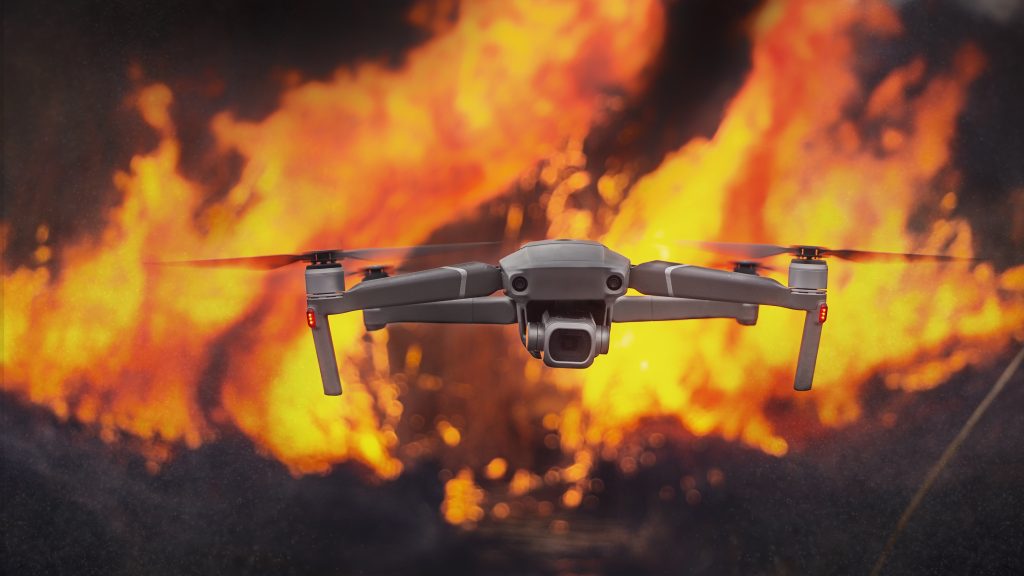How Technology and Artificial Intelligence are Bolstering the Battle Against Wildfires
Posted
Last Updated
In the past few years, wildfires have rarely been out of the news, causing devastation from Australia to Argentina, California to Turkey. Climate change is exacerbating the likelihood of these fires, as landscapes dry out and strong winds fan the smallest conflagration into fires that can devastates hundreds of hectares.
In 2022, a report from the United Nations predicted that the number of wildfires could rise by as much as 50% by 2100, and warned that governments were largely unprepared to meet the challenge.
As well as decimating wildlife, the fires cause loss of life, while the bushfires that ravaged Australia in 2019 and 2020 are estimated to have released more than 400 megatons of CO2, contributing to a vicious circle by making the world even hotter, and the chance of fires more likely.
There is also a huge economic cost, with the Joint Economic Committee Democrats recently finding that wildfires are costing the U.S. economy as much as $893 billion a year, as a result of insurance payouts, diminished real estate value and income loss.
Pano AI is one of a new class of “firetech” startups that have emerged to tackle such threats. Based in California, a U.S. state subjected to increasingly frequent and ferocious wildfires, the company uses a network of mountaintop cameras, each rotating 360 degrees every minute, to capture data that is uploaded to the cloud.
This information allows Pano to actively detect, access and pinpoint new wildfire ignitions in real time, helping fire authorities to quickly contain them.
Learn More at reuters.com

